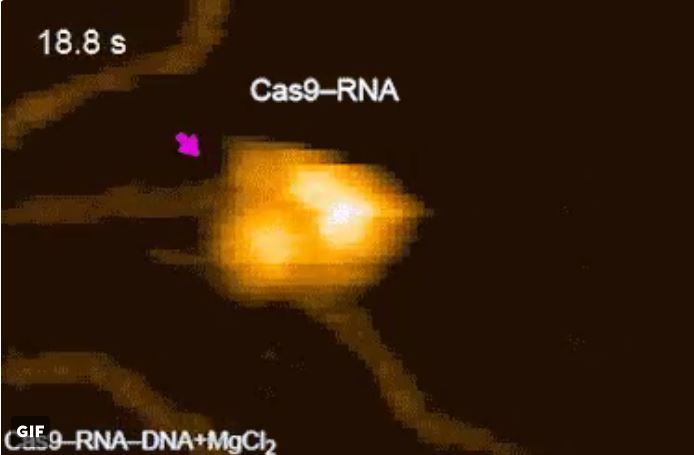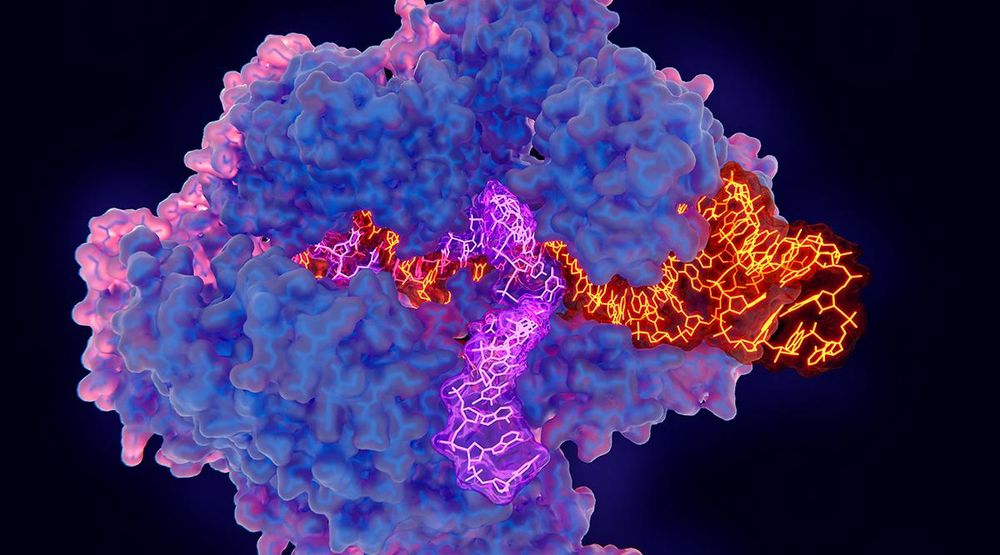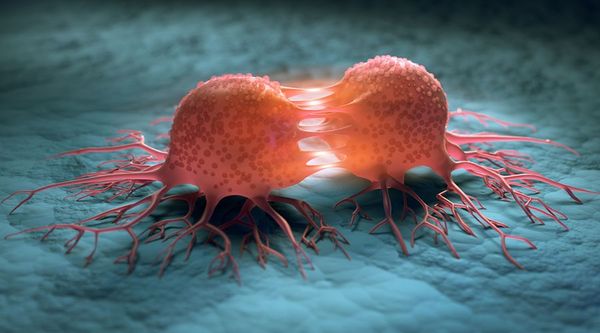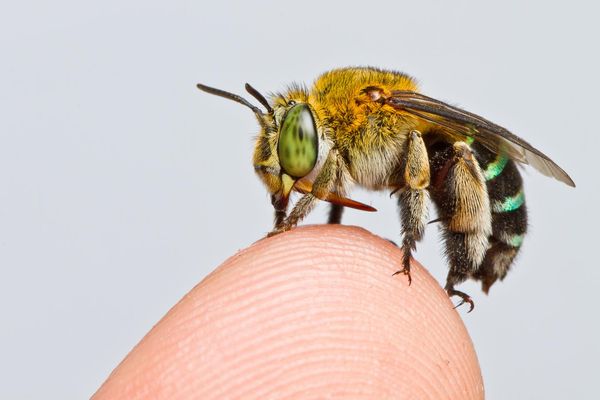New CRISPR Systems for Advanced Genome Editing

Bacteria and archaea, single-celled organisms, utilize CRISPR systems to defend against bacteriophages, a class of viruses. Traditionally classified into types I–VI, CRISPR systems exhibit distinct properties, including the type of enzyme used and their mechanisms for recognizing and cutting RNA or DNA. While CRISPR–Cas9 falls under type II, other types possess unique characteristics that could prove valuable in various applications.
The Hunt for Diversity: FLSHclust Algorithm
To identify diverse CRISPR systems in nature, researchers, including Feng Zhang and MIT bioengineer Han Altae-Tran, developed the FLSHclust algorithm. This powerful tool analyzed genetic sequences in public databases containing millions of genomes. By searching for similarities between genetic sequences, FLSHclust grouped them into approximately 500 million clusters.
The analysis revealed around 130,000 genes associated with CRISPR, including 188 previously unknown ones. Experimental validation in the lab uncovered various strategies employed by CRISPR systems to combat bacteriophages. Notably, the study identified a new CRISPR system targeting RNA, labeled as type VII.

Beyond the Algorithm: Implications and Challenges
Eugene Koonin, co-author and biologist, emphasizes the rarity of newly discovered CRISPR systems like type VII, hinting at the significant effort required for further exploration. The algorithm itself marks a significant leap forward, enabling researchers to search for diverse proteins across species.
The newfound genes present a treasure trove for biochemists, sparking excitement in the scientific community. Chris Brown, a biochemist at the University of Otago, commends the study as a crucial advance. However, challenges lie ahead in unraveling the mechanisms of these enzymes and systems, paving the way for potential applications in biological engineering.
Future Prospects: CRISPR Systems and Genetic Engineering
While it's too soon to determine the practical utility of type VII CRISPR systems and other newly identified genes, they exhibit promising properties. Type VII, for instance, involves only a few genes, making it suitable for delivery into cells using viral vectors. In contrast, some other systems discovered in the study boast long guide RNAs, offering better accuracy in targeting specific genetic sequences.
In summary, this research not only expands our knowledge of CRISPR systems but also presents a valuable toolkit for future genetic engineering projects. The journey to harnessing the full potential of these discoveries has just begun, promising exciting possibilities in the realm of biotechnology.





